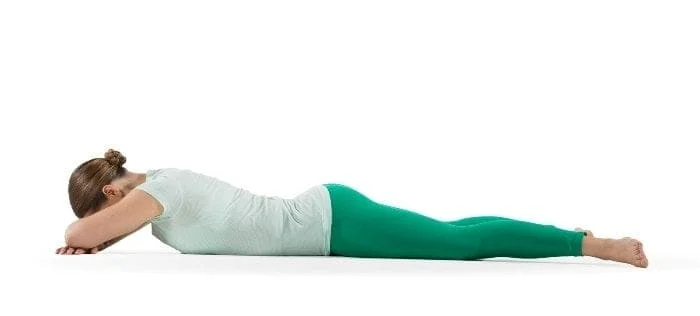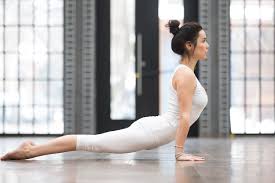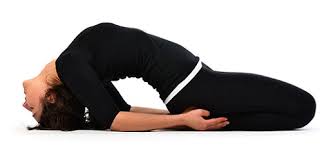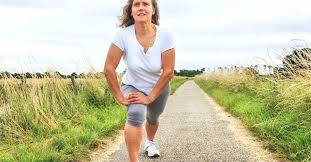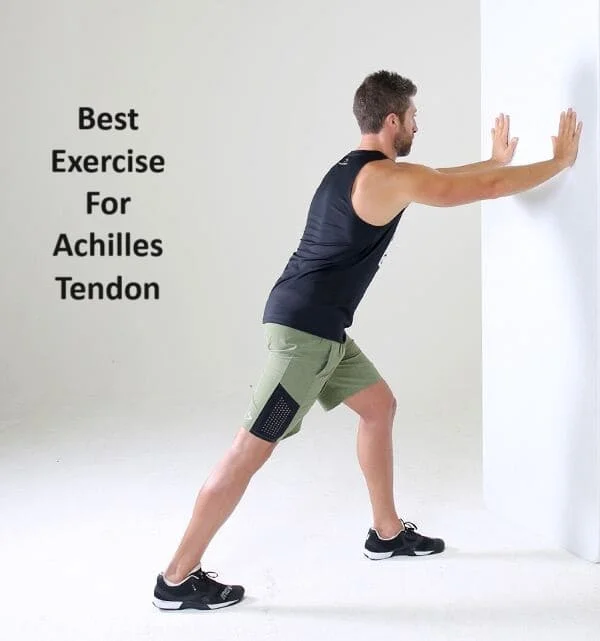Makarasana
Table of Contents
What is a Makarasana?
Makarasana is a reclined yoga asana that relaxes the body, stimulates the sacral chakra, and can even be used for meditation or pranayama. The name comes from the Sanskrit makar, meaning “crocodile,” and asana, meaning “pose.”
Description:-
In Light on Yoga, B. K. S. Iyengar notes that Makarāsana is described in the 17th-century Gheraṇḍa Saṁhitā (Chapter 2, Verse 40) as lying prone with both legs “stretched out”; the head is caught in the arms, and the pose is said to “increase bodily heat”. Iyengar describes it as a variation of Salabhāsana, locust pose, and illustrates it as such, with the head and legs raised energetically, the fingers interlocked clasping the back of the head, and the elbows high off the ground.
Makarāsana is however often used as a relaxation asana, an alternative to the supine Savāsana, and both head and legs are resting on the floor. Yoga International describes it as having the chest “slightly raised”, and as “one of the best postures for working with diaphragmatic breathing”.
How to do Makarasana?
Steps to do Makarasana:
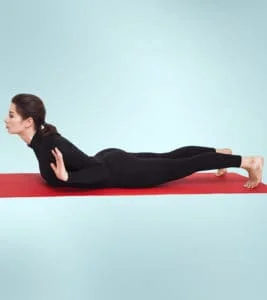
In order to avoid complications or any kind of injury while practicing an asana and to attain maximum benefits, it is highly crucial to know the right alignment of the body. Following are the steps to practice Makarasana correctly:
Variation 1:
Lie flat on the ground on the stomach.
Raise the head and both the shoulders.
Fold the arms in the front, place the right arm above the left arm, keeping the elbows pointing.
Keep the left palm down on the ground and the right palm on the left arm, the fingers touching the inside of the elbow.
Put the head down on the center point, where the right wrist is above the left wrist.
Then close both the eyes and relax the whole mind and body.
After a few moments, come back to the material world and become aware of the reality. Slowly release the posture.
Variation 2:
Lie flat on the ground on the stomach, big toes and heels touching each other or
Raise the head and both the shoulders. Place both elbows on the ground keeping them shoulder-width apart. Hold the chin in the palms to support the face.
For being in coordination with the spine, keep both the elbows close In case, one experiences much pressure and stress on the neck, the elbows may be separated slightly.
Close both eyes and relax the whole mind and body. Feel both inhalation and exhalation deeply and get completely within yourself.
After a few moments, come back to the material world and become aware of the reality. Slowly release the posture.
Practice this asana for as long as you find it comfortable. Generally, a few minutes are enough. The main points of effect in this asana’s both variations are the neck and the lower back. In case both the elbows are too apart in the front, the strain will be experienced and felt in the neck; but in case both the elbows are drawn too much closer towards the chest, the strain will be experienced and felt in the lower back. The balance of both these points is very important. That’s why, both elbows should be placed carefully. The state is ideal when the full spine is well-relaxed.
Makarasana video:
Precautions for Makarasana :
Following are the precautions necessary to be kept in mind before practicing Makarasana:-
Avoid moving the body in this asana as it may disturb the practice.
Don’t put stress on the body during this asana as it is all about peacefully relaxing the body.
Avoid practicing this asana in a disturbing atmosphere as it may disturb the peace of mind.
Those who have exaggerated lumbar curves should not practice Makarasana.
Benefits of Makarasana :
Following are the health benefits of Makarasana which one may experience gradually with regular practice:
Balanced functioning of abdominal organs.
Improves blood circulation in the body.
Helpful in getting rid of stress, anxiety, depression, tension, and fatigue.
Quite helpful for people suffering from a slipped disc, sciatica pain, or other back ailments.
Highly beneficial for people suffering from asthma or other lung disorders as this asana elevates breathing and helps in respiring easily.
Contraindication:
The most important part of the practice of Makarasana is that this pose is more for recovery and relaxing of the muscles and hence practiced between various other postures or purely from the point of therapy. But a few situations should be kept in mind while going into Makarasana, they are:
Pregnant women should avoid this pose: The pressure at the abdomen may not be safe and hence women who are deep into their pregnancy should avoid this pose.
Someone suffering from problems related to stomach: Stomach disorders that are severe can bring more discomfort with the practice of Makarasan as the abdomen gets pushed towards the floor while breathing, leading to over contraction of the muscles.
Avoid if blood pressure is too high: For someone who is new to yoga practice and is suffering from high blood pressure, may find it difficult to follow the instructions related to Makarasana or Crocodile Pose, as breathing plays an important role. If the breathing is not smooth, pressure builds up causing more pressure on the arteries.

